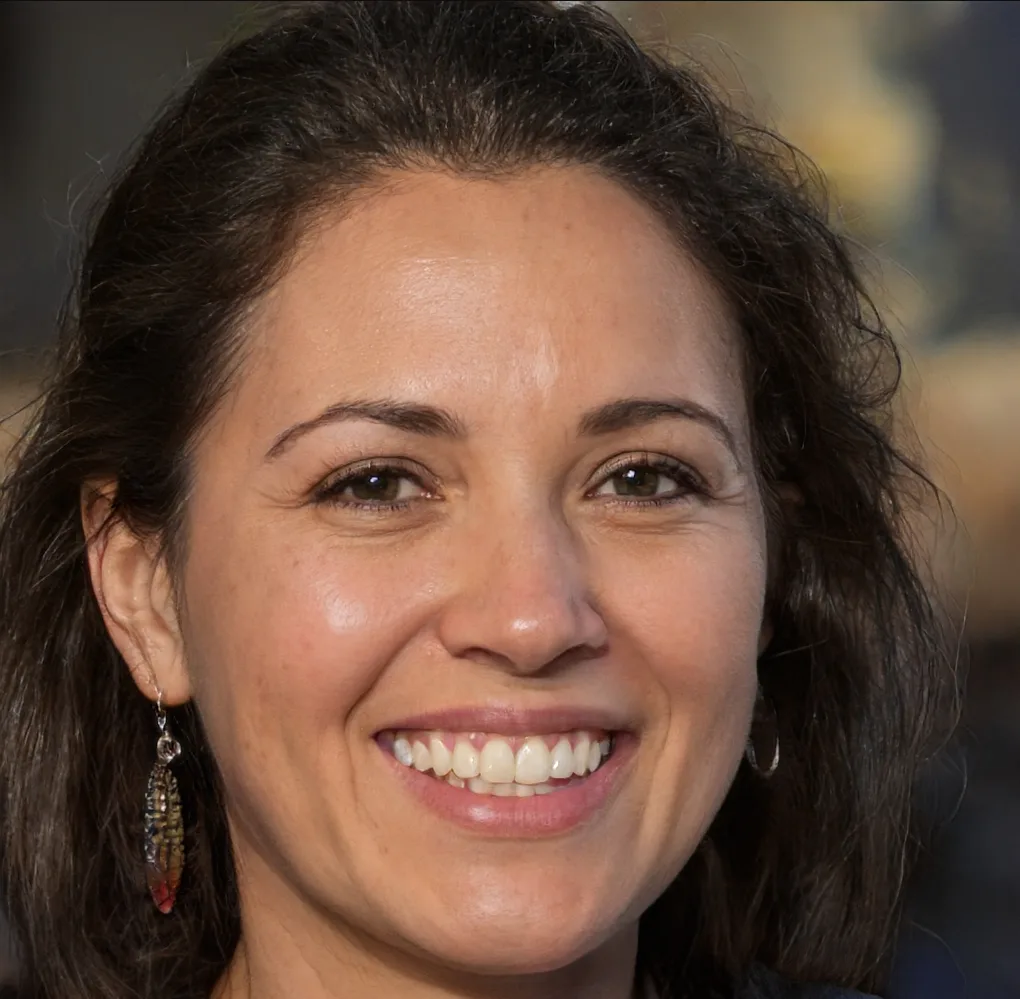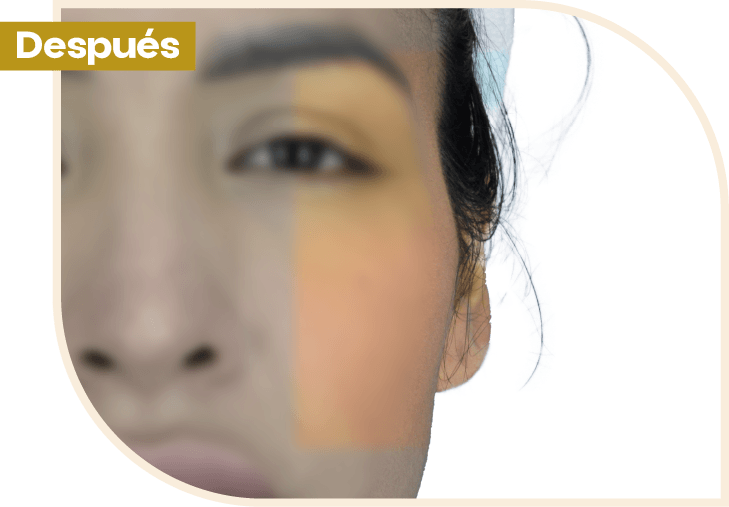Otoplasty (Ear Surgery) | Dr. Lina Triana
With Ears Surgery (Otoplasty) improves facial harmony by correcting the shape or position of prominent ears through a safe and straightforward surgical procedure.
Otoplasty (Ears surgery) is a procedure that corrects prominent ears in both men and women.
A child doesn’t need to suffer teasing or bullying because of their large ears. Otoplasty can be performed starting at age five, and sometimes even earlier. For those who didn’t have the opportunity to undergo the procedure during childhood, it can still be done later in life to eliminate the need to hide their ears.
Una Otoplasty is a simple, short procedure performed under local anesthesia offering long-lasting confidence boosting results.


Otoplastyis for you if…
You have prominent ears that stick out from the head.
The size or shape of your ears makes you feel uncomfortable or self-conscious.
You want a permanent solution instead of hiding your ears with hairstyles or accessories.
You are in good health and have realistic expectations about the results.
You’re ready to prioritize yourself without guilt or urgency; this change comes from within, not from a passing trend.
What ourpatients are saying:

Breast Augmentation
Daniela Castaño

Breast Augmentation
Sofía García

Abdominoplasty
Andrea Torres

Abdominoplasty
Camila Duarte

Gluteal augmentation (Fat transfer)
Natalia Ríos

Gluteal augmentation (Fat transfer)
Laura Mendoza

Rhytidectomy
Martha G. | 40 años | USA
The Voice of my patients
Nothing speaks louder than first-hand en experience.
Here you’ll find real stories— their fears, their recovery, and the joy of seeing their final results .










Take the first step
if you feel that now is your moment
FREQUENTLY ASKED QUESTIONS
Ears Surgery (Otoplasty)
Am I a good candidate for Otoplasty?
Any healthy child or adult, with large or prominent ears is a good candidate for otoplasty or corrective ear surgery.
How is otoplasty performed?
Otoplasty incision is made behind the ear (disguised by the natural retro auricular fold). Excess auricular cartilage is then removed, or sutures applied to achieve a more natural shape.
How is recovery after Otoplasty?
A tight sport headband should be worn to cover ears throughout the day every day, for the first week after surgery. During the following three weeks, the headband should only be worn at nights or when the patient is at home.
Post- operative recommendations
Avoid physical exertion and exercise for approximately six weeks. Most patients can return to daily activities 1 to 2 weeks after the procedure, but should avoid high-impact or contact sports until the area has fully healed.
